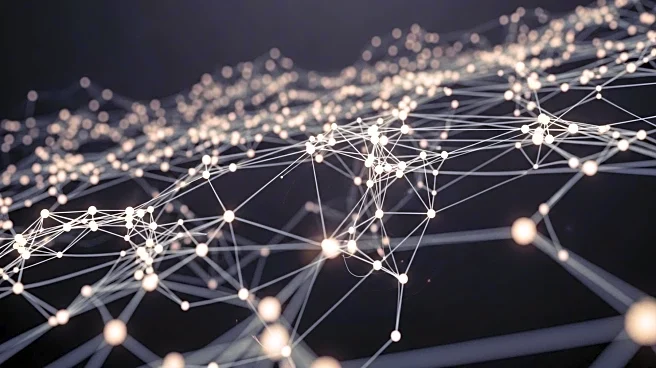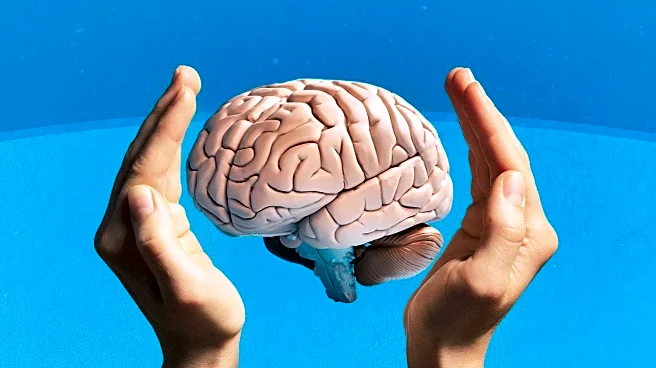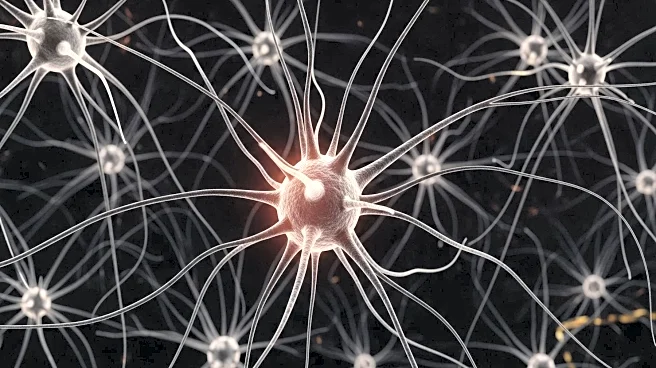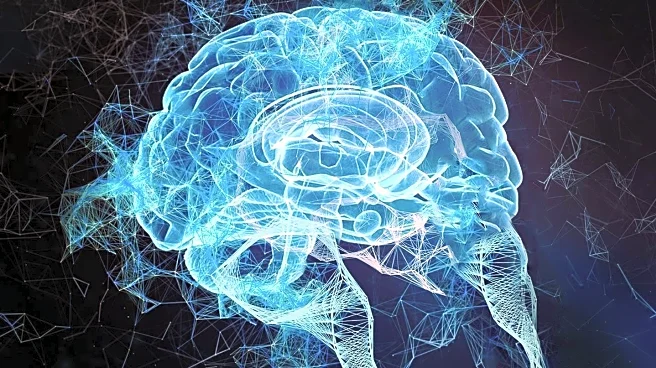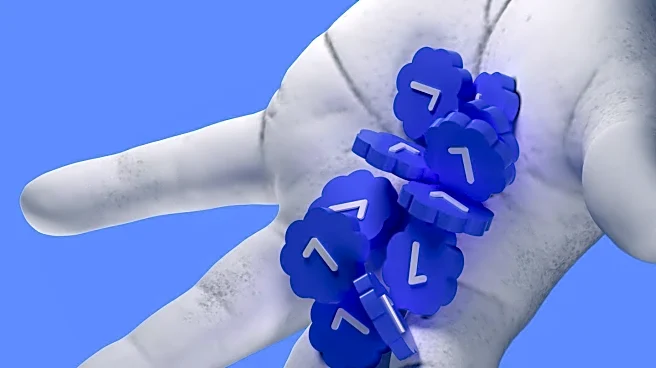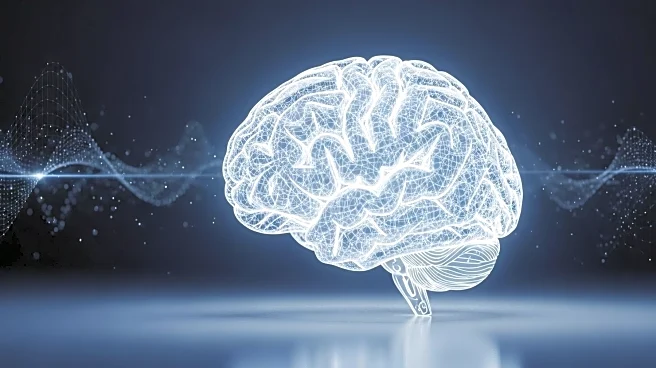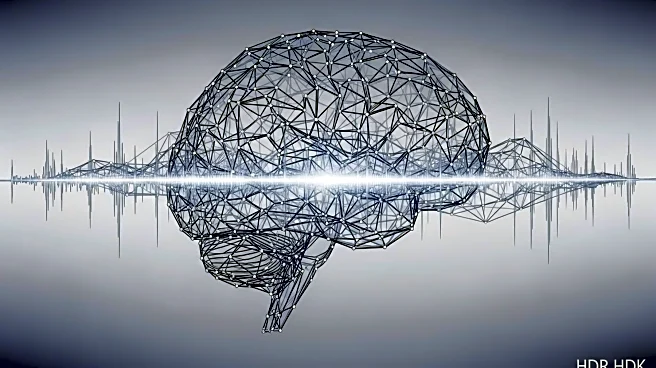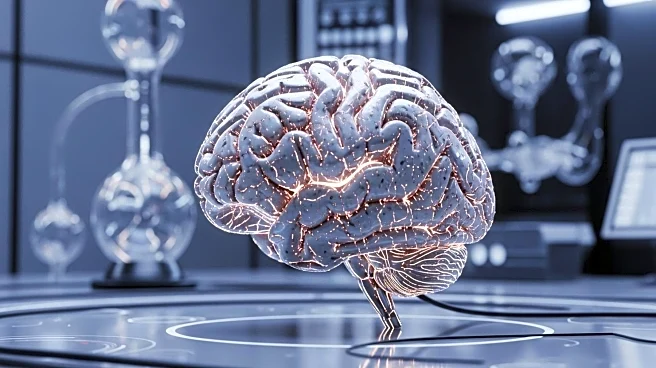What's Happening?
A major advance in neuroscience has been achieved with the first complete brain-wide activity map during decision-making in mice. This research, conducted by the International Brain Laboratory, involved recording from over half a million neurons across 279 brain areas, representing 95% of the mouse brain volume. The study utilized Neuropixels probes to measure brain activity while mice performed decision-making tasks. Findings revealed that decision-making signals are distributed across the brain, challenging traditional hierarchical models of brain function. The research also showed that prior expectations are encoded throughout the brain, influencing perception and decision-making.
Why It's Important?
This breakthrough provides significant insights into how the brain processes information and makes decisions, which could have implications for understanding neurological conditions such as schizophrenia and autism. By mapping brain activity at the resolution of single cells, researchers can better understand the complex interactions between different brain regions during decision-making. This knowledge could lead to improved treatments for mental health disorders and enhance our understanding of brain function. The open accessibility of the data allows for further research and discoveries in the field of neuroscience.
What's Next?
The data from this study is available to the neuroscience community for further analysis, potentially leading to new discoveries and advancements in understanding brain function. Researchers may explore how these findings can be applied to human brain studies and the development of treatments for neurological disorders. The collaborative model used in this research could serve as a blueprint for future large-scale neuroscience projects.
Beyond the Headlines
The study challenges traditional views of brain function, suggesting that decision-making involves constant communication across multiple brain areas. This perspective may influence future research directions and the development of new models for understanding brain activity. The findings also highlight the importance of expectations in guiding behavior, which could have broader implications for cognitive science and psychology.
